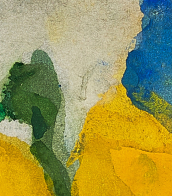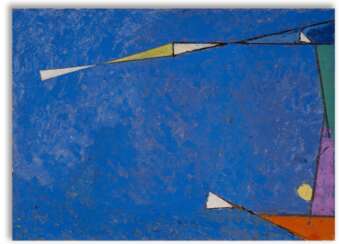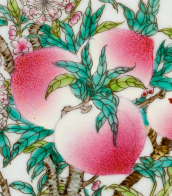laid paper

Thomas Schütte is a German contemporary artist. He sculpts, creates architectural designs, and draws. He lives and works in Düsseldorf.
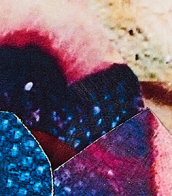
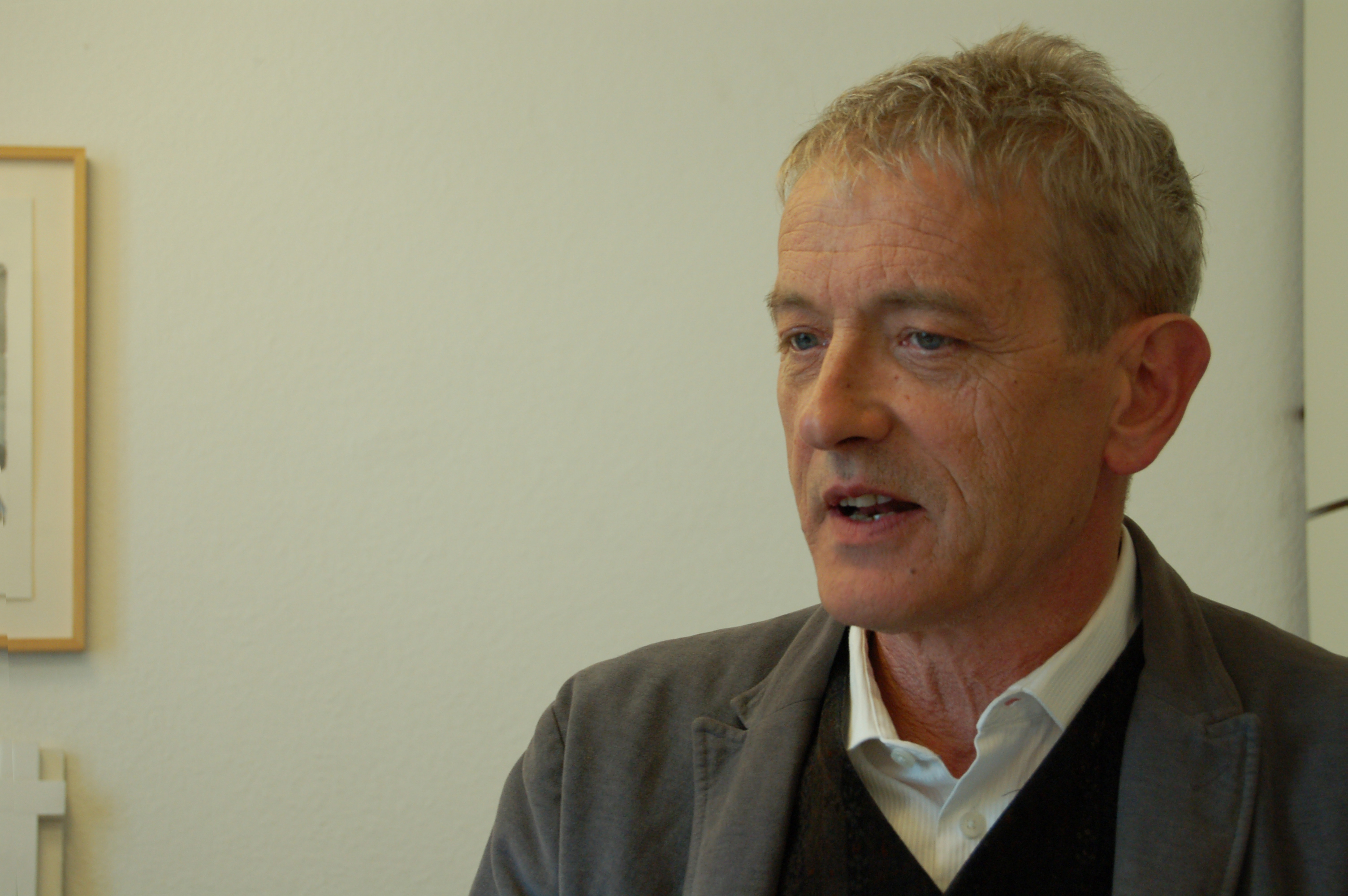
Thomas Huber is a Swiss contemporary artist renowned for his ability to weave metaphysical narratives and architectural elements into his figurative paintings. Thomas Huber has cultivated a unique artistic language that explores the relationship between space, reality, and perception through a blend of surreal scenarios and precise perspective.
Thomas Huber's work is characterized by its introspective quality, often described as "paintings about paintings," reflecting on the nature of art itself. His style, marked by clean lines and a cool, detached aesthetic, uses architecture and space to question the boundaries between illusion and reality. This approach has led to a body of work that is both ironic and timeless, inviting viewers into a fantasy world constructed from complex symbols and contradictory elements.
Throughout his career, Huber has received numerous accolades, including the prestigious Prix Meret Oppenheim in 2013 and the Art Prize of the Heitland Foundation in 2005. His works are part of significant collections in both Germany and France, and he has been featured in solo and group exhibitions worldwide.
One of Thomas Huber's recent exhibitions, "Lago Maggiore" at MASI Lugano, showcases a series of large-scale paintings and watercolors inspired by the breathtaking views of Lake Maggiore. This body of work represents a pictorial homecoming for Huber, reflecting a shift in his artistic focus towards nature and the landscapes of his youth. The exhibition not only highlights Huber's transition from architectural to natural themes but also maintains his signature exploration of the imaginary and real through meticulous composition and atmospheric depth.
For collectors and experts in art and antiques, Thomas Huber's oeuvre offers a rich exploration of the intersections between art, architecture, and the metaphysical. His ability to challenge and redefine perceptions of reality through his work makes him a significant figure in contemporary art.
To discover more about Thomas Huber's work and to stay updated on new sales and auction events related to his art, signing up for updates is highly recommended. This subscription is a valuable resource for anyone interested in the evolving landscape of contemporary art and the unique contributions of Thomas Huber.
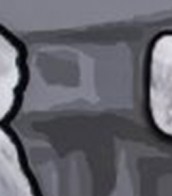

William Shakespeare was a British poet and playwright and writer.
William's father, John Shakespeare, was a merchant and official in Stratford. There are reports that he was a sailor for a time before joining a theater company in London. Beginning in the 1590s, Shakespeare began writing plays, and in 1593 he published a poem, Venus and Adonis, which became popular. He dedicated it to the Duke of Southampton, who was a philanthropist and patron of talent, and soon his business was booming.
From 1592 to 1600 Shakespeare wrote his dramas and romantic comedies "Richard III", "The Taming of the Shrew", "Romeo and Juliet", "A Midsummer Night's Dream" and "The Merchant of Venice", as well as the comedies "Much Ado About Nothing", "Twelfth Night" and the tragedy "Julius Caesar". The playwright's business was so successful that he even bought a large house in Stratford. In 1599, Shakespeare became one of the owners, playwright and actor of the new theater "Globe". In 1603 King James took Shakespeare's troupe under his direct patronage. In the mature period, the great playwright turned to tragedies, there were "Hamlet", "Othello", "King Lear", "Macbeth" and others.
Although in the 19th century researchers had some doubts about the authorship of many of these works, William Shakespeare is considered the greatest English playwright, one of the best playwrights in the world. His plays have been translated into all major languages and to this day form the basis of the world theatrical repertoire, most of them have been screened many times. According to the Guinness Book of Records, Shakespeare remains the world's best-selling playwright, and his plays and poems have sold more than 4 billion copies in the nearly 400 years since his death.


Marino Marini was an Italian sculptor and educator.


Antonius Höckelmann is a German painter and sculptor educated at the Academy of Fine Arts in Berlin.
Sculpture and painting are intertwined in Höckelmann's work. Wooden, plastic, bronze and even straw figures were painted by the artist, giving them a new sound.


Otto Grashof was a German painter of the mid-nineteenth century. He is known as a draftsman, engraver, and portrait painter. He also did historical painting, battle-painting, animal studies, and landscape art. Grashof is considered one of the founders of Chilean painting.
Grashof went to St. Petersburg in 1838, where he carried out portrait commissions for the aristocracy, and some of his works ended up in the collection of Emperor Nicholas I. Later he visited Chile as well as Brazil. He held the titles of "painter to the Russian emperor and Brazilian court painter."






Filippo de Pisis, actually Luigi Filippo Tibertelli was an Italian painter, graphic artist, writer and poet close to the school of metaphysical painting. From 1914 he studied at the University of Bologna, where he studied literature and philosophy.
Filippo de Pisis was a painter of the Italian Novecento. He is considered a representative of Italian futurism in painting. His work is post-impressionist and partly expressive.


Paul Klee, a Swiss-born German artist, was renowned for his unique contribution to the art world, blending elements from expressionism, cubism, and surrealism. Born on December 18, 1879, in Münchenbuchsee, Switzerland, Klee was the second child of a German music teacher and a Swiss singer. Despite early musical talent, Klee pursued visual arts, influenced by a dissatisfaction with the state of modern music and a desire for creative freedom.
Klee's artistic journey began in earnest after he decided against a career in music, despite his exceptional skills with the violin. His education at the Academy of Fine Arts in Munich under the guidance of Heinrich Knirr and Franz von Stuck was crucial in shaping his artistic direction. Although he struggled with color initially, Klee later became a master of color theory, a transition marked by his transformative visit to Tunisia in 1914. This trip was a pivotal moment, leading Klee to declare, "Color and I are one. I am a painter".
Throughout his career, Klee's work was characterized by a profound sense of experimentation and innovation. He explored the boundaries of abstract art, drawing inspiration from his vast interests, including literature, music, and his own theories on art and aesthetics. His lectures on form and design theory at the Bauhaus, where he taught alongside luminaries like Wassily Kandinsky, are considered as seminal to modern art as Leonardo da Vinci's treatises were to the Renaissance.
Klee's art is celebrated for its intricacy, humor, and the ability to express complex themes through seemingly simplistic and childlike forms. His notable works, such as "Twittering Machine" (1922) and "Highway and Byways" (1928), showcase his skill in using color, shape, and line to evoke depth and emotion.
For collectors and art and antiques experts, Klee's legacy is a testament to the power of innovation and the search for personal expression within the avant-garde movements of the 20th century. His works, housed in prestigious museums and galleries around the world, continue to inspire and intrigue.
If you're passionate about art and wish to stay informed about new discoveries and sales related to Paul Klee's works, consider signing up for updates. This subscription will ensure you're alerted to upcoming auction events and product sales, allowing you to deepen your collection and appreciation of this remarkable artist's legacy.




Alberto Burri was an Italian visual artist, painter, sculptor, and physician based in Città di Castello. He is associated with the matterism of the European informal art movement and described his style as a polymaterialist. He had connections with Lucio Fontana's spatialism and, with Antoni Tàpies, an influence on the revival of the art of post-war assembly in America (Robert Rauschenberg) as in Europe.


Mark Tobey was an American painter. His densely structured compositions, inspired by Asian calligraphy, resemble Abstract expressionism, although the motives for his compositions differ philosophically from most Abstract Expressionist painters. His work was widely recognized throughout the United States and Europe. Along with Guy Anderson, Kenneth Callahan, Morris Graves, and William Cumming, Tobey was a founder of the Northwest School. Senior in age and experience, he had a strong influence on the others; friend and mentor, Tobey shared their interest in philosophy and Eastern religions. Similar to others of the Northwest School, Tobey was mostly self-taught after early studies at the Art Institute of Chicago. In 1921, Tobey founded the art department at The Cornish School in Seattle, Washington.


Jean Fautrier was a French painter and sculptor associated with the Art Informel and Tachisme movements. He initially studied architecture before turning to painting in the early 1920s.
Fautrier's early work was influenced by Cubism and Surrealism, but he eventually developed a more abstract style characterized by thick impasto and expressive brushwork. He often used unconventional materials, such as asphalt, sand, and tar, to create textured surfaces that conveyed a sense of materiality.
During World War II, Fautrier was active in the French Resistance and went into hiding to avoid arrest by the Nazis. His experiences during the war had a profound impact on his work, which became darker and more introspective. He began to create what he called "Hostage" paintings, which depicted anonymous faces and figures that were both haunting and vulnerable.
After the war, Fautrier continued to explore themes of violence, trauma, and decay in his art. He created a series of "Otages" (Hostages) sculptures that were made from casts of human limbs and torsos. These works were highly controversial and provoked strong reactions from critics and the public alike.
Fautrier's influence on the development of Art Informel and Tachisme was significant, and he is regarded as one of the key figures of the movement. His work is represented in many major museums and collections around the world, including the Centre Georges Pompidou in Paris and the Museum of Modern Art in New York.


Hans Hartung was a German-French painter, known for his gestural abstract style. He was also a decorated World War II veteran of the Legion d'honneur.


Afro Basaldella was an Italian abstractionist painter, a representative of lyrical abstraction, better known as Afro.
Afro's father and uncle were decorators, his two older brothers became sculptors, and to avoid confusion with surnames, the artist began signing his works with his first name only. Bazaldella trained in Florence, Venice and Rome. Shortly after graduation, his first monographic exhibition was held in Milan.
From 1935, Afro exhibited regularly at the Quadrennale in Rome and the Biennale in Venice. He made frescoes, notably for the Udine Opera House, and mosaics, and tried his hand at painting in a variety of directions. In 1941 he became a lecturer in mosaic painting at the Venice Academy of Fine Arts, and in 1950 he caused a sensation in the United States, and by the mid-1950s Afro's art was world famous.
Afro interpreted the Italian tradition in a modern abstract form that resulted from his painterly studies of color harmony.


Tancredi Parmeggiani, or simply Tancredi, was an Italian painter.
He studied painting at the Academy of Fine Arts in Venice. Along with Mario Deluigi and Lucio Fontana, Tancredi Parmeggiani is considered one of the most important representatives of Spazialismo ("Spatial Movement"). This concept of art was developed by Fontana, in which he saw a new spatial concept of technology and science as the basis of modern art. Tancredi Parmeggiani was also convinced that the surface of the image should cross the boundaries of two-dimensionality to open new dimensions through color and time and find new artistic solutions.
The famous collector Peggy Guggenheim was his patron and promoted his lyrical-abstract works to major American museums. Tancredi's work was critically acclaimed, he actively participated in many exhibitions in Italy, London, Paris and New York, and was the recipient of several prestigious awards. In 1964 he took part in the Venice Biennale, and in September of the same year, at the age of 37, he took his own life in Rome.

















